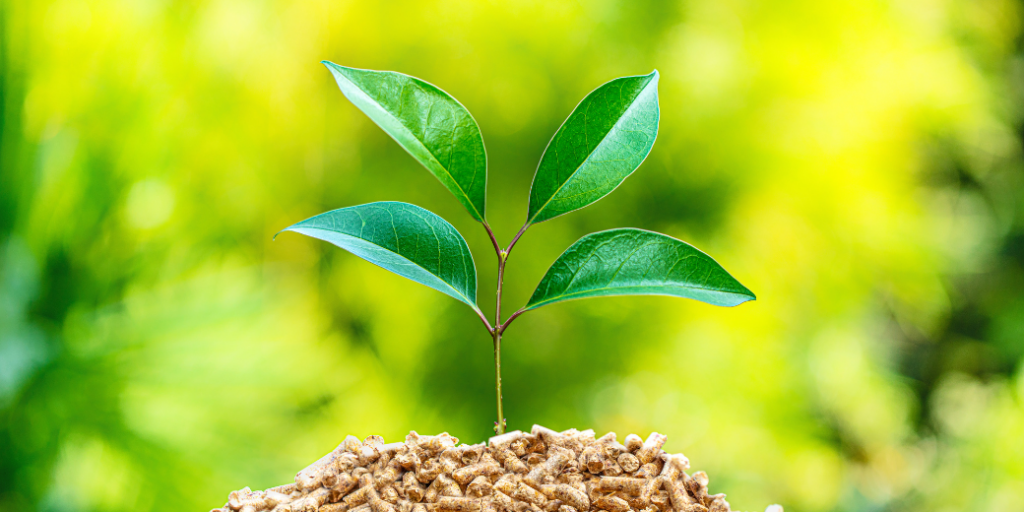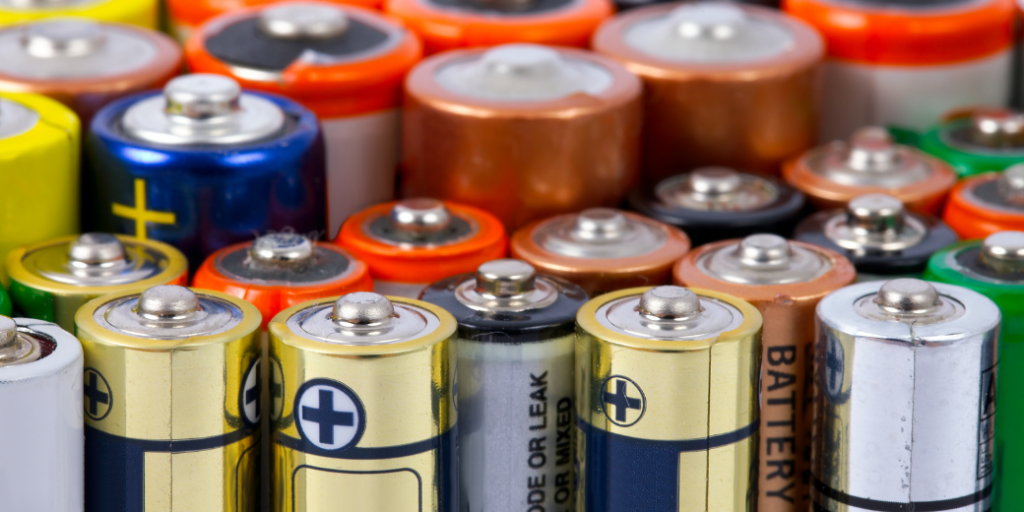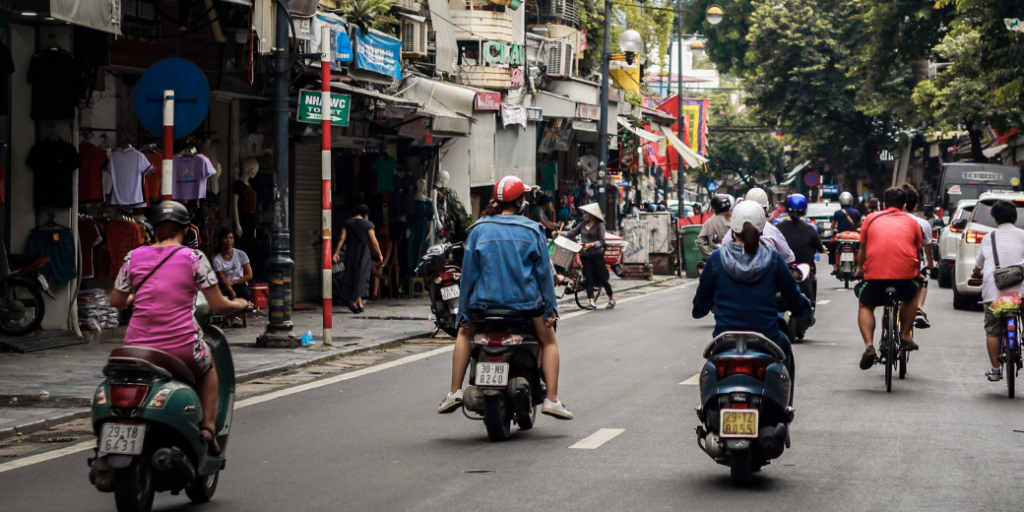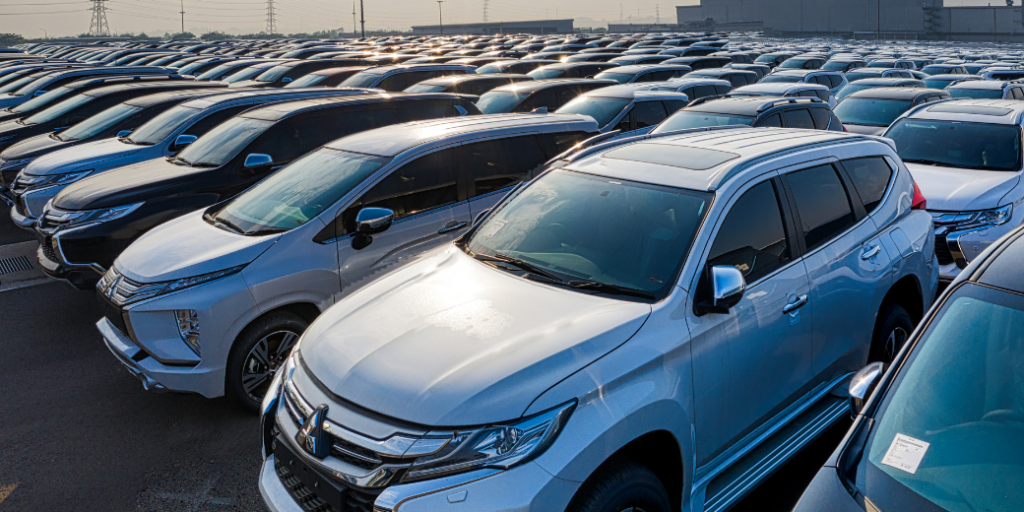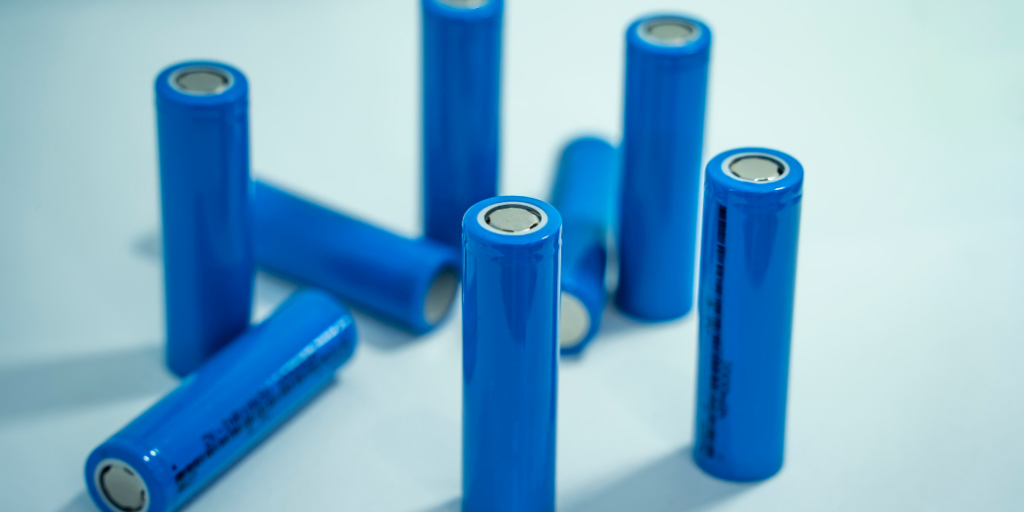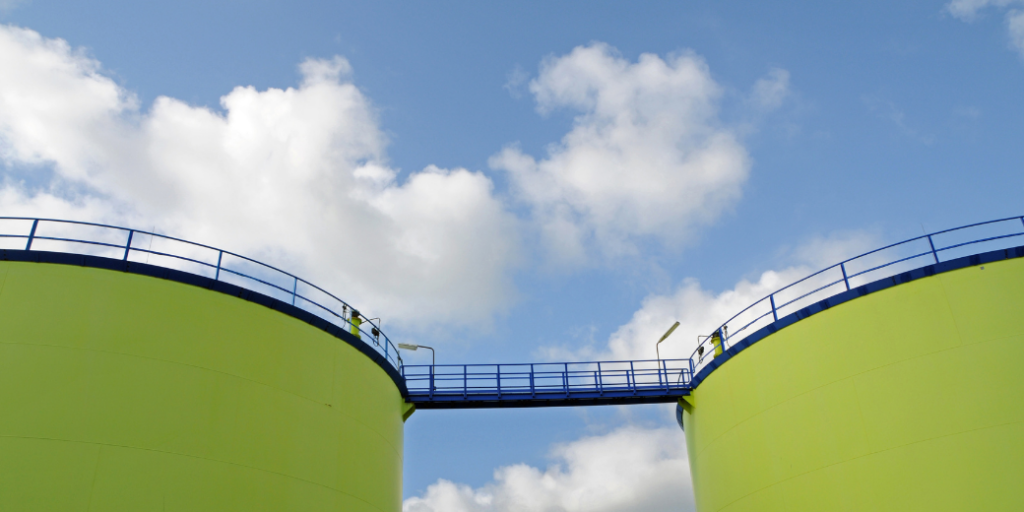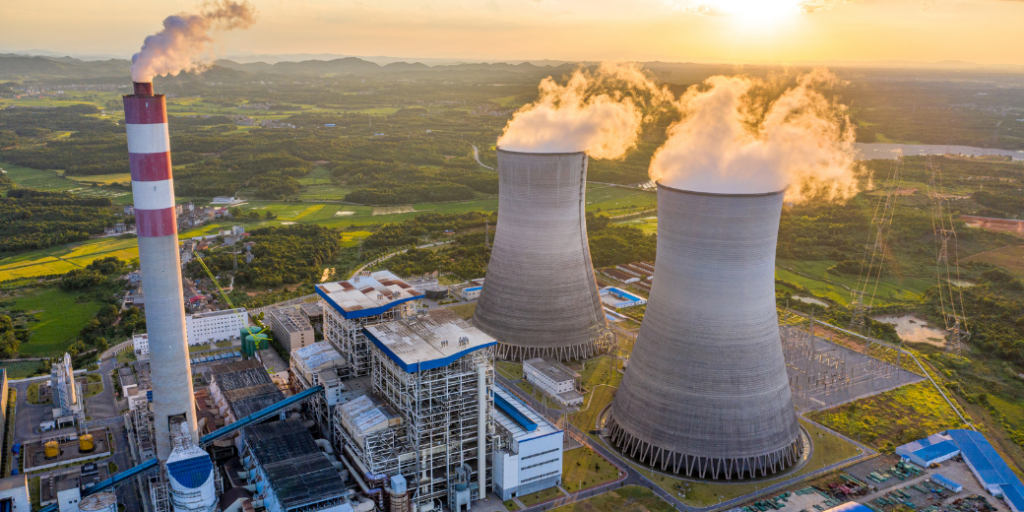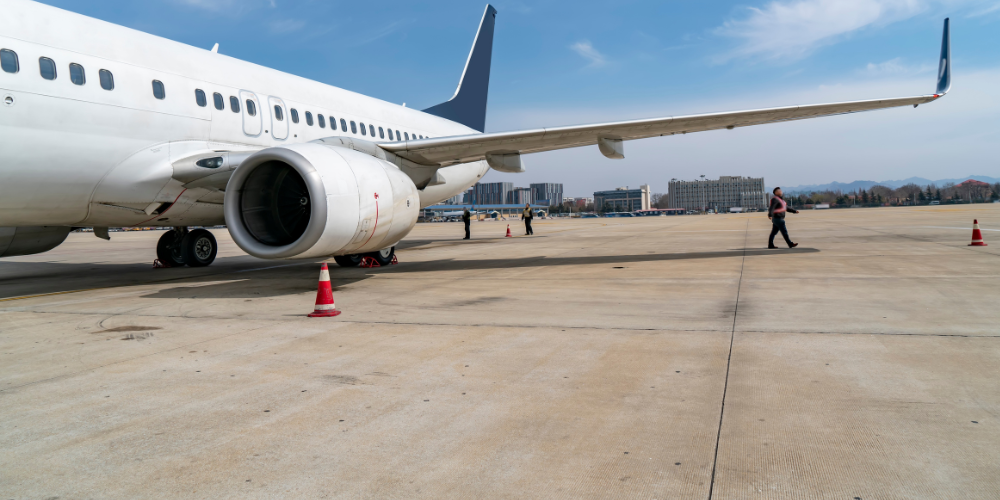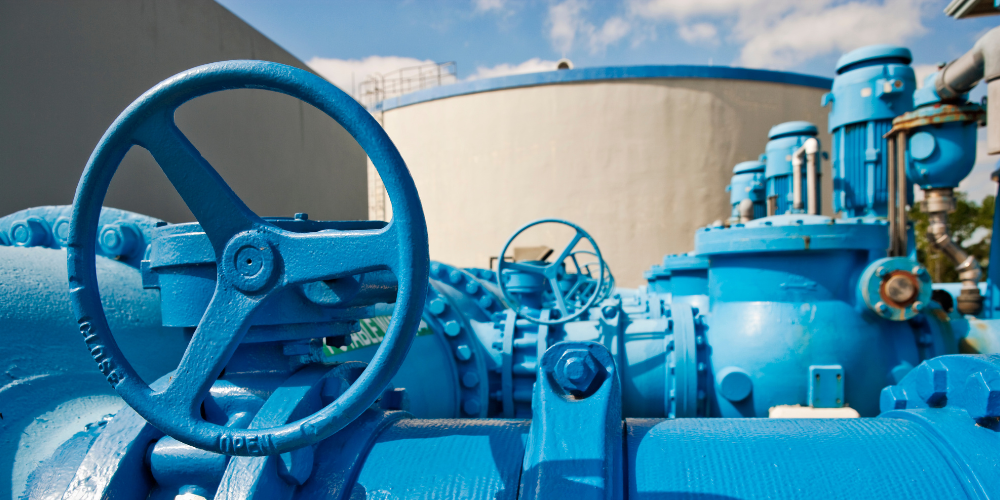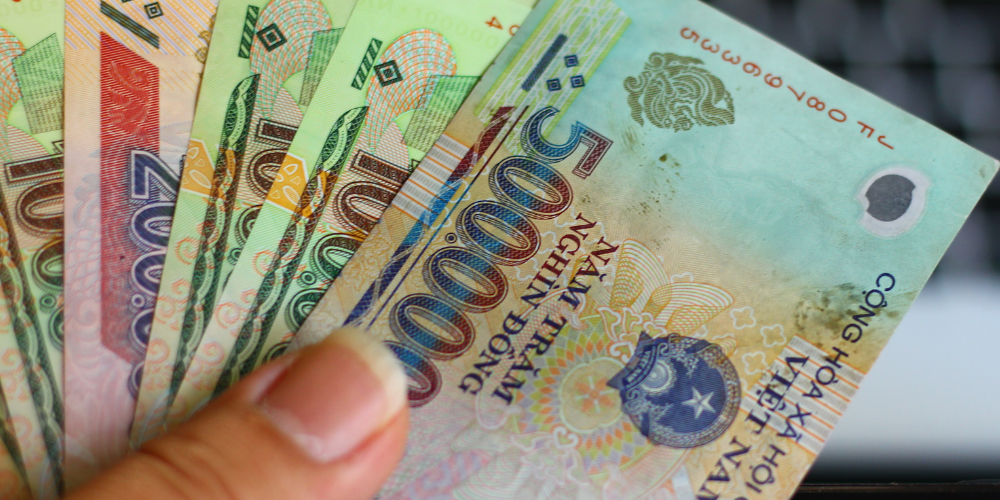Industry Reports
Synthetic Resins in ASEAN
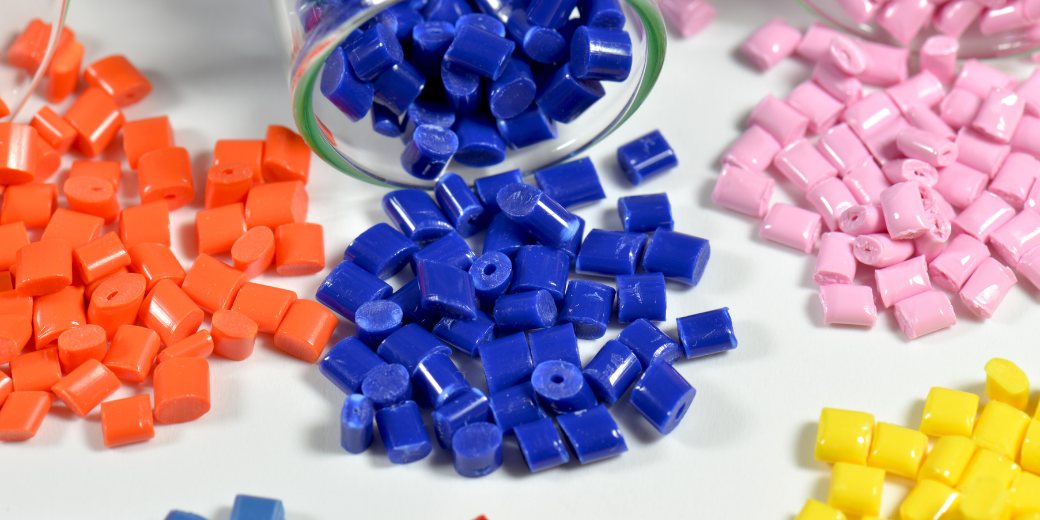
Summary
Global synthetic resin demand rises, with China and ASEAN at the forefront. The industry faces sustainability challenges and shifts toward bio-based innovations.
Global Synthetic Resin Industry Faces Growth Opportunities Amid Sustainability Shifts and Profit Margin Pressures
The global synthetic resin industry was valued at around USD 394 billion in 2021, with thermoplastic resins leading in revenue. Asia Pacific accounted for approximately 41% of the market, driven by demand from the packaging and automotive industries. Synthetic resins, created through polymerisation, are used in a wide range of industries such as plastics, paints, and varnishes. Polyethylene (PE) holds the largest market share, primarily due to its extensive use in packaging.
After a strong rebound in 2021, global synthetic resin exports slowed in 2022. China, the world’s largest importer, saw its imports decline by 9% that year. Future growth for the industry is expected at a compound annual growth rate (CAGR) of 5% from 2021 to 2027, with Asia Pacific driving much of the expansion. However, increasing awareness of sustainability and carbon reduction could negatively impact traditional synthetic resins, leading companies like SABIC to explore bio-based alternatives.
The synthetic resin industry remains fragmented, particularly in the all-purpose resin segment, where the top five players, including Dow and SABIC, control less than 29% of the market. In contrast, the engineering plastics market, used in specialised applications, is also fragmented, with leading companies holding about 22% of the market share. Major integrated players like Dow, ExxonMobil, and LyondellBasell dominate across the value chain, from raw material extraction to resin production. However, profitability has been declining, with most companies seeing contraction in profit margins in 2022 due to rising feedstock and energy costs.
Asian Synthetic Resin Markets Confront Shared Sustainability Pressures and Technological Hurdles Amid Growth
China, Singapore, Thailand, Vietnam, and Malaysia are key players in the global synthetic resin industry, each with unique market dynamics but facing similar sustainability and technological challenges. China leads the world in synthetic resin production, driven by large state-owned firms like Sinopec and PetroChina, although it struggles with high-end resin technology, relying on imports for advanced applications. Singapore, the largest exporter in the ASEAN-6 region, also faces sustainability challenges as global regulations push for reduced plastic use, while its industry continues to grow with demand from packaging and e-commerce sectors.
Thailand’s market is more domestically focused, with polyethylene (PE) dominating production and consumption, although exports have surged in recent years despite fluctuating domestic demand. Environmental initiatives are also shaping its future, much like in Vietnam, where rising imports and exports are driven by growing demand for plastic packaging and engineering plastics. Vietnam relies heavily on imports due to limited local refining capacity but is seeing increasing foreign investment in its synthetic resin sector.
Malaysia, a major exporter, saw volatility in 2022 due to global feedstock price fluctuations but continues to benefit from its strong upstream oil and gas sector. Like other markets, Malaysia is embracing sustainability, with significant investments in bioplastics and recycling. Across the region, sustainability concerns, regulatory pressures, and the need for advanced technologies are shaping the competitive landscape, with key players focusing on vertical integration, cost efficiency, and innovation to stay ahead.
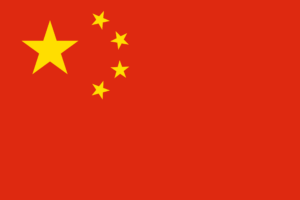 China
China
China’s Synthetic Resin Industry Leads Global Market but Faces Challenges in High-End Resin Technology
China’s synthetic resin industry is the largest in the world, valued at CNY 984.5 billion in 2022. It focuses on five major general-purpose resins: polyethylene (PE), polypropylene (PP), polystyrene (PS), polyvinyl chloride (PVC), and acrylonitrile butadiene styrene (ABS). Chinese manufacturers are primarily situated in the midstream, transforming petrochemical materials into resins for industries like construction, packaging, and automotive. The industry’s competitiveness increasingly hinges on cost efficiency, especially with the rise of Middle Eastern competitors producing resins from ethane gas.
Production of synthetic resins in China grew at a CAGR of 5.4% from 2016 to 2022, reaching 114 million tonnes. Domestic output is expected to continue rising due to technological advancements and growing downstream demand, especially in East and Northwest China. However, high-end resin technology remains a challenge, with domestic manufacturers still dependent on foreign technologies. Imports of resins for high-end applications like PE and ABS remain significant, though reliance on imports has decreased from 30.4% in 2015 to 12.8% in 2022.
The Chinese synthetic resin market is highly concentrated, led by state-owned giants like Sinopec and PetroChina. These companies benefit from vertical integration, dominating both upstream and downstream sectors. Other key players include Wanhua Chemical Group, a leader in polyurethane (PU) production, and Kingfa Sci. &Tech Co., Ltd., a major manufacturer of modified plastics. Companies are expanding production capabilities and engaging in mergers and acquisitions to strengthen their market position amidst rising competition from coal companies using cost-effective Methanol-to-Olefins (MTO) technology.
 Singapore
Singapore
Singapore’s Synthetic Resin Industry Faces Growth Opportunities Amid Sustainability Challenges
Singapore is a key player in the synthetic resins industry, being the largest exporter within the ASEAN-6 region, accounting for 39% of the total export value in 2022. The industry’s strength is attributed to the presence of global manufacturers like Mitsui Chemicals and Denka, alongside local firms like The Polyolefin Company. This export-driven sector saw Singapore’s total exports of synthetic resins valued at around USD 12 billion in 2022.
Despite a decline in exports in 2022 by around 4% YoY, Singapore’s synthetic resin industry is expected to grow, driven by increasing demand from end-user industries such as packaging, e-commerce, and food services. However, sustainability regulations aimed at reducing plastic usage may challenge growth. Initiatives like Singapore’s Plastic ACTion (PACT) and global bans on single-use plastics, particularly in major markets like China, are key factors shaping the industry’s future.
The competitive landscape is dominated by international players, with The Polyolefin Company being a significant local manufacturer. Major companies like Mitsui Elastomers and Denka have established regional operations in Singapore, focusing on high-performance materials and sustainability. The Polyolefin Company’s performance saw a revenue decline in 2022, following strong growth in 2021, while companies like Mitsui continued to expand operations in line with their long-term business strategies.
 Thailand
Thailand
Domestic-Focused Industry; Industry Faces Export Growth Amid Domestic Challenges and Sustainability Push
Thailand’s synthetic resin industry is largely domestically oriented, with polyethylene (PE) resins dominating both production and consumption. In 2022, the market value of key synthetic resins, including PE, polypropylene (PP), and polyethylene terephthalate (PET), reached THB 285.9 billion. PE accounted for the largest share, used primarily in packaging and single-use products.
Recent trends show fluctuating PE production volumes, with domestic sales decreasing while exports surged between 2021–23. PP production has also dropped due to weakened domestic demand, with most of the output serving the local market. Export demand for synthetic resins faced challenges in 2022, with key products like polyacetals, vinyl chloride, and styrene experiencing significant declines. Environmental concerns have also prompted initiatives like the ‘Roadmap on Plastic Waste Management 2018–37’, pushing companies to adopt more sustainable practices.
The industry is led by PTTGC and SCGC, both of which are highly integrated across the value chain, from upstream production to downstream petrochemical products. Their ability to produce a wide range of synthetic resins for diverse industries, such as automotive, construction, and consumer products, gives them a strong market position. Other key players include Dow Chemical Thailand and Covestro (Thailand), which primarily operate in niche segments. PTTGC, in particular, has been proactive in sustainability, with investments in recycled resin production through its ENVICCO facility.
 Vietnam
Vietnam
Vietnam’s Synthetic Resin Industry Thrives on Import Growth and Rising Demand for Plastic Packaging
Vietnam’s synthetic resin industry heavily depends on imports due to the lack of local refining capacity. As a net importer, Vietnam sources most of its synthetic resins, particularly polyethylene (PE), from countries like Saudi Arabia and South Korea.
Vietnam’s synthetic resin imports have shown a strong recovery since 2020, growing at a CAGR of 21% from 2020–22, driven by the demand for PE, PP, and other polymeric resins. Export turnover has also seen steady growth, with a CAGR of 24% over 2018-22, particularly in resins like polyacetals and polypropylene. Looking ahead, demand for plastic packaging is expected to fuel production growth, while engineering plastics will see rising demand due to the growth of electric vehicles and electronics.
The competitive landscape is led by Binh Son Refining and Petrochemical, the largest state-owned polypropylene (PP) manufacturer in Vietnam. However, local producers face stiff competition from imports and foreign-invested companies. Notable foreign players include TPC Vina Plastic and Chemical, a Thai joint venture, and Hyosung Vina, a major South Korean PP producer. Foreign investments in the sector are also increasing, with companies like Billion Industrial Holdings setting up production facilities for polyethylene terephthalate (PET) to capitalise on rising demand.
 Malaysia
Malaysia
Malaysia’s Synthetic Resin Industry Faces Volatility Amid Global Feedstock Challenges but Remains a Key Regional Exporter
Malaysia is a major player in the synthetic resin market, catering to both domestic and global demand. The country ranks third in the ASEAN region for resin exports, producing polyethylene (PE), polypropylene (PP), and other resins. Key end-user industries include packaging, electronics, and automotive sectors. Malaysia’s well-established upstream oil and gas sector strengthens its resin production capacity, with vertically integrated companies and specialised synthetic resin manufacturers driving the market.
In 2022, Malaysia’s synthetic resin industry faced challenges due to fluctuating feedstock prices, exacerbated by the Russia-Ukraine conflict, leading to reduced production rates. However, in 2021, the industry experienced a surge in production, driven by pandemic-related demand for plastic products, especially in packaging for healthcare and food. Despite the difficulties in 2022, Malaysia continues to play a significant role in both exports and imports of synthetic resins, particularly in primary-form polymers of ethylene and styrene.
Malaysia’s synthetic resin manufacturing industry is consolidated, with key players such as Lotte Chemical Titan Holdings, one of Southeast Asia’s largest producers of olefins and polyolefins. Other major companies include Petronas Chemicals Polyethylene, a subsidiary of Petronas, and Toray BASF PBT Resin, a joint venture producing high-performance engineering plastics. The industry has seen significant foreign investments, with companies like BASF and ExxonMobil collaborating to advance bioplastics and recycling initiatives.
Unlock Industry Insights in Minutes with Speeda: Your All-in-One to Comprehensive Market Intelligence
Elevate your research with Speeda, where understanding an industry can take as little as five minutes. With access to over 560 industries and data from more than 10 million companies, Speeda offers industry reports, expert opinions, and trend analysis, empowering you to stay ahead in the ever-changing market landscape. Whether you’re conducting due diligence or preparing strategic plans, Speeda simplifies the process, giving you the insights you need, fast.
Ready to unlock the full potential of your research?
Schedule a free demo with the Speeda team today to learn more about how we can help transform your approach to market intelligence.





